Canadian Hair Transplant Centre
The Canadian Hair Transplant Centre in Edmonton adheres to strict surgical protocols established by the International Society of Hair Restoration Surgery and the College of Physicians and Surgeons of Alberta. Our facility operates under the College of Physicians and Surgeons of Alberta regulations, utilizing validated surgical instruments and maintaining controlled environmental conditions throughout all procedures.
The facility is approved as a Non-Hospital Surgical Facility and maintains Infection Prevention and Control (IPAC) certification in accordance with CPSA standards.
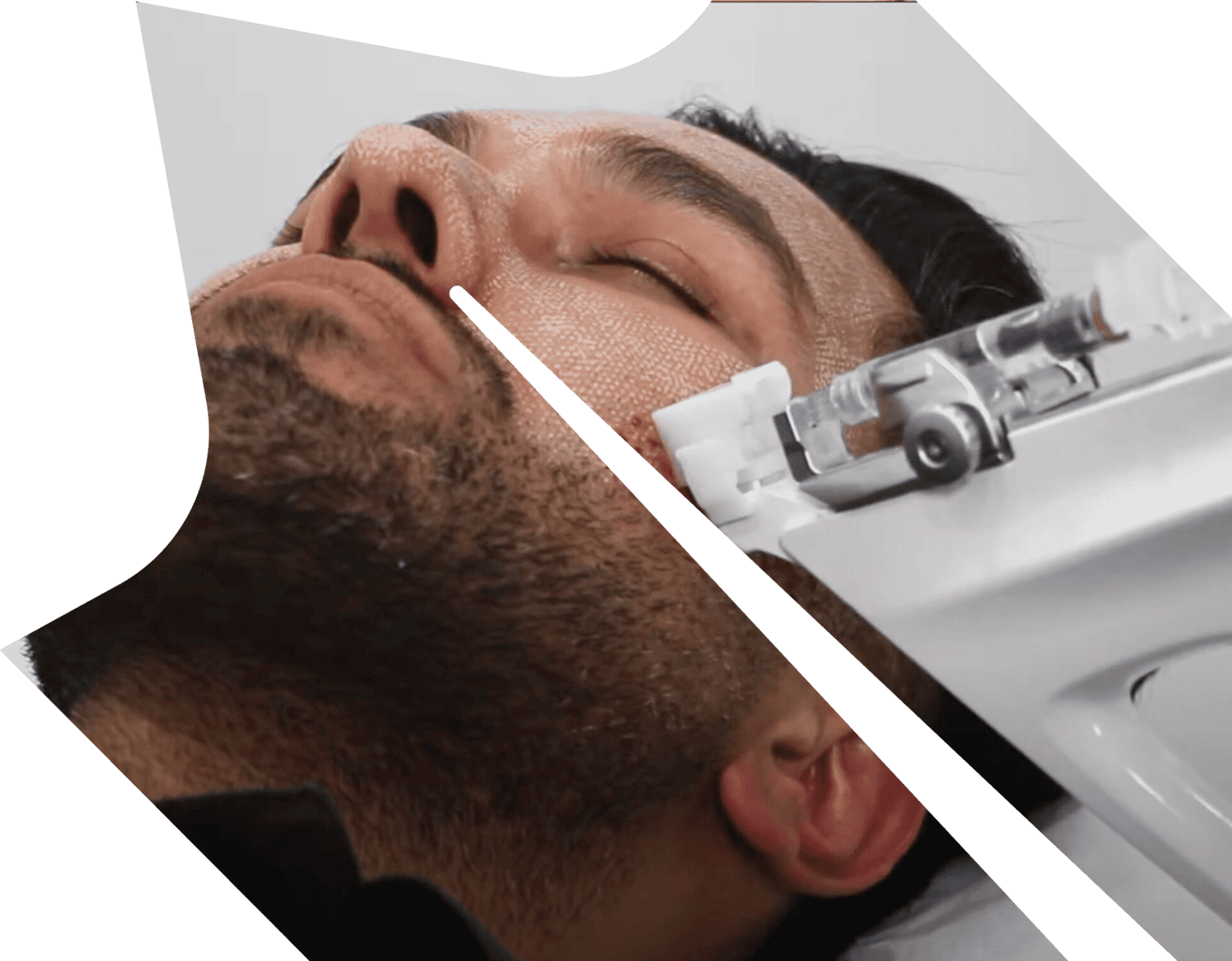

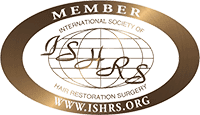

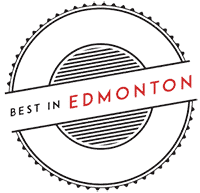

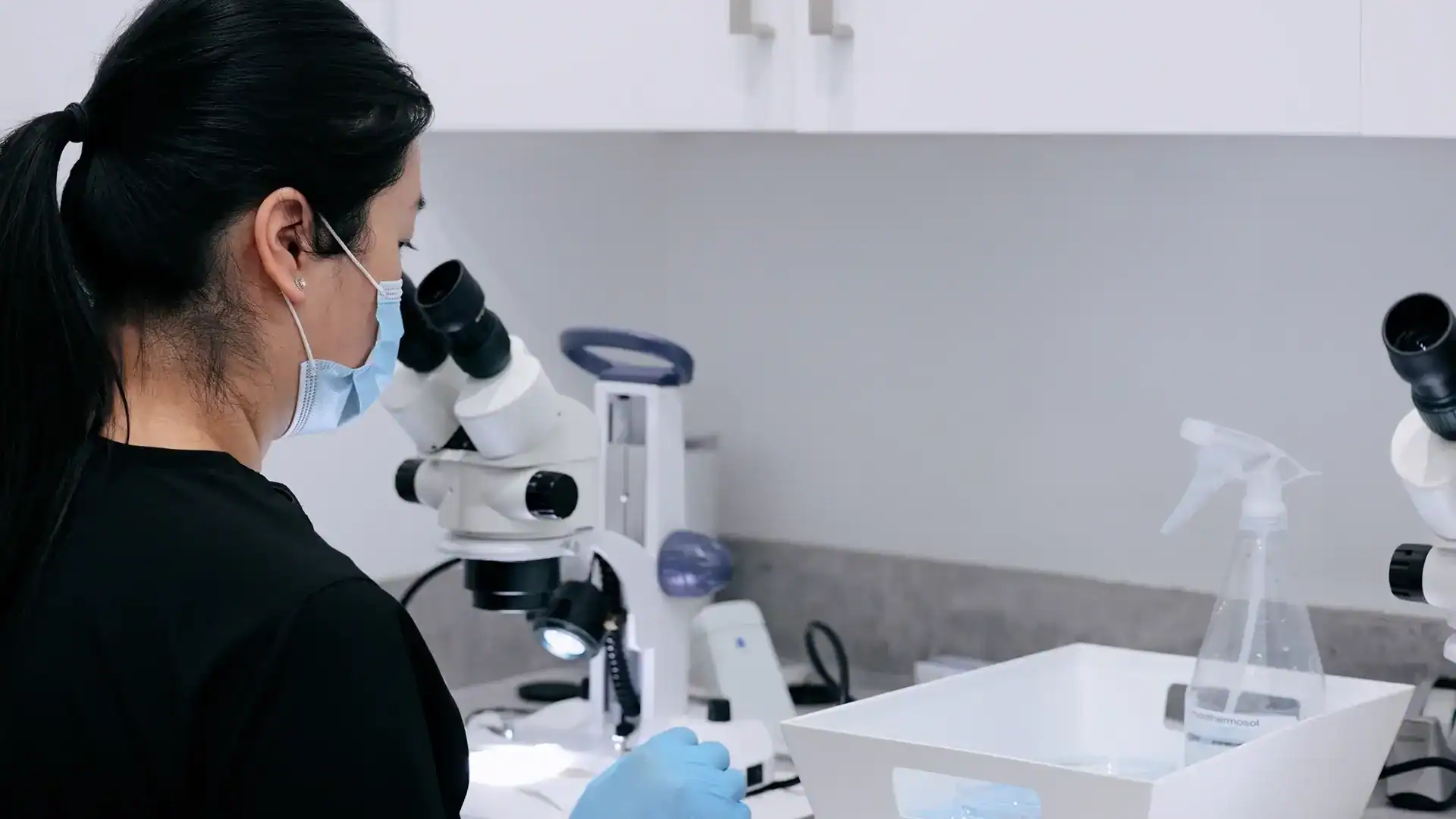
The specialized facility features two surgical suites, each designed specifically for hair transplant procedures. Each suite complies with the standards set by the College of Physicians and Surgeons of Alberta for non-hospital surgical facilities. Necessary sterility levels are ensured through HEPA filtration systems and controlled air exchange rates.
The facility includes dedicated spaces for pre-operative assessments utilizing digital trichoscopy and scalp scanning technology. There are also sterile surgical areas for graft extraction and implantation, along with a separate recovery area for post-operative monitoring when needed.
All areas maintain a temperature between 18°C and 22°C and humidity levels of 40-60%. Additionally, the facility can reduce temperatures below 18 °C to optimize graft survival during ex vivo storage periods, where minimizing out-of-body time is critical.

Each surgical suite meets CPSA Non-Hospital Surgical Facility Standards, featuring laminar airflow systems, medical-grade lighting with 40,000-60,000 lux intensity, and dedicated instrument sterilization areas. Suites maintain positive pressure environments to reduce airborne contaminants during procedures.

Equipment includes stereomicroscopes with 5x-40x magnification for graft dissection, hypothermic storage solutions maintained at 2-4°C for graft preservation, and motorized FUE extraction devices calibrated to achieve punch sizes of 0.6-0.8 mm. These ultra-refined extraction devices achieve minimal scarring while preserving the integrity of the graft. Each suite contains redundant power systems and emergency equipment in accordance with CPSA requirements.
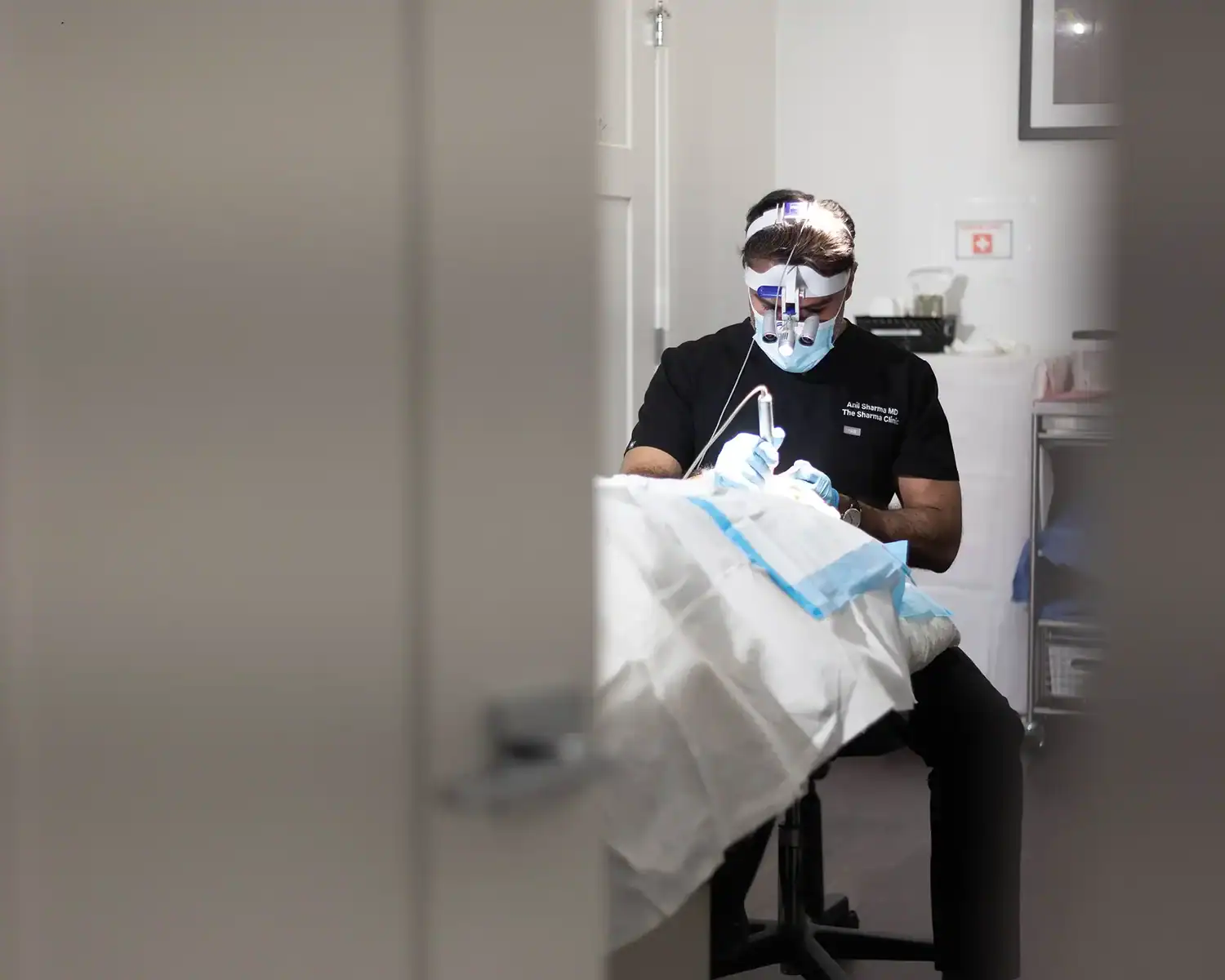
Surgical tables adjust to multiple positions, allowing optimal access during donor harvesting and recipient site creation. LED surgical lights provide shadow-free illumination while minimizing heat exposure to surgical fields. Ambient temperature control maintains consistent conditions throughout longer procedures.
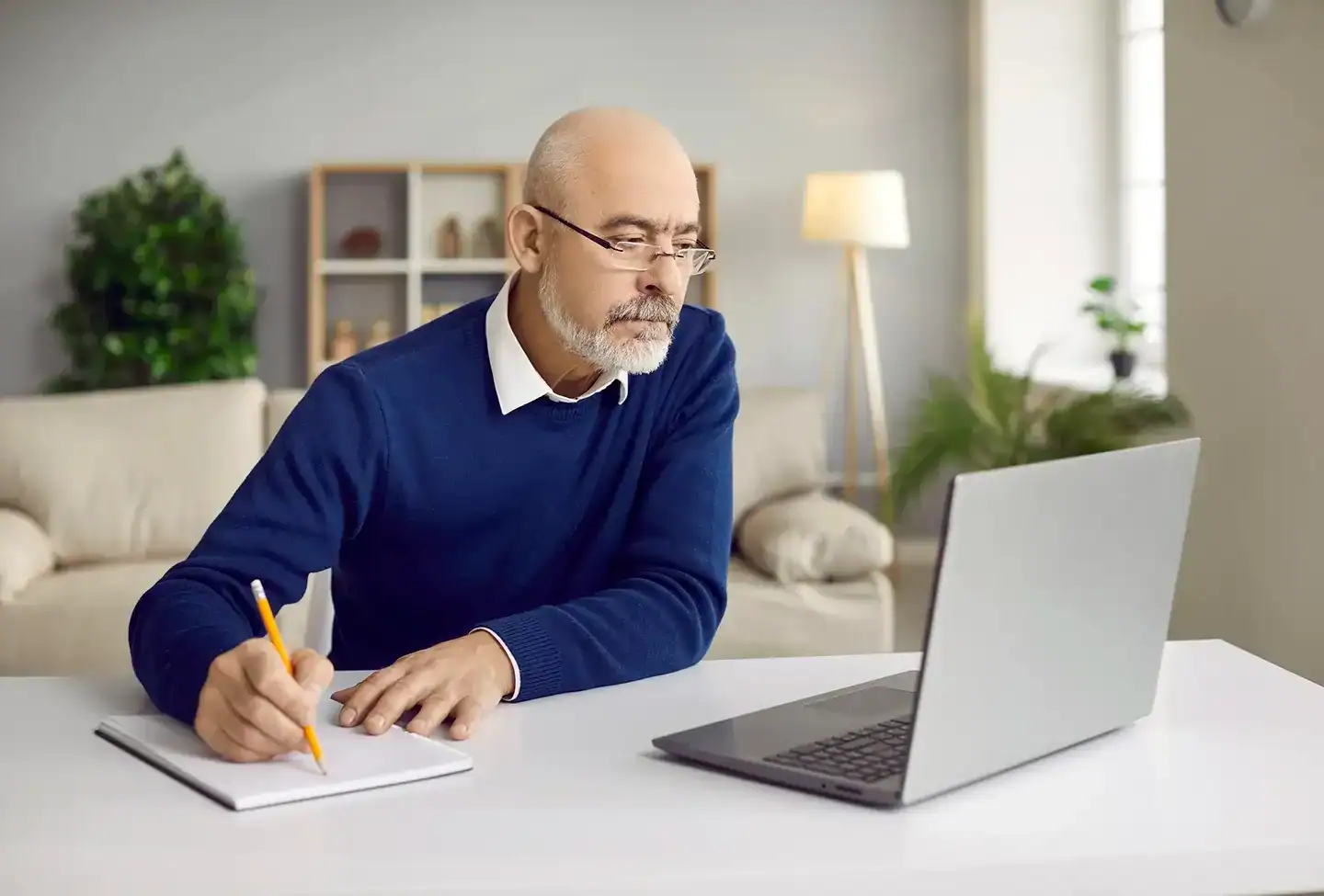
Following procedure completion, patients remain with clinical staff for safety and quality assessments.
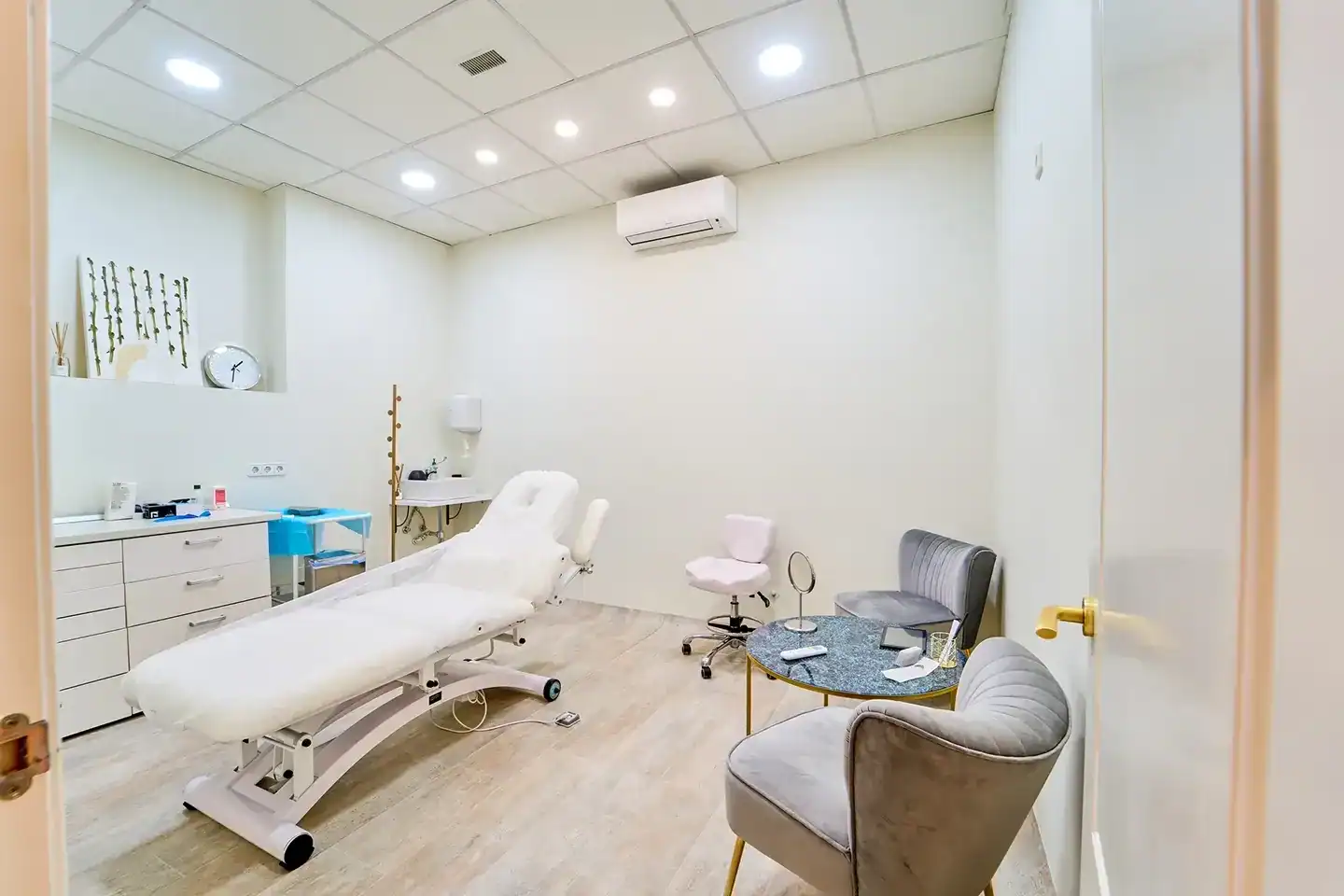
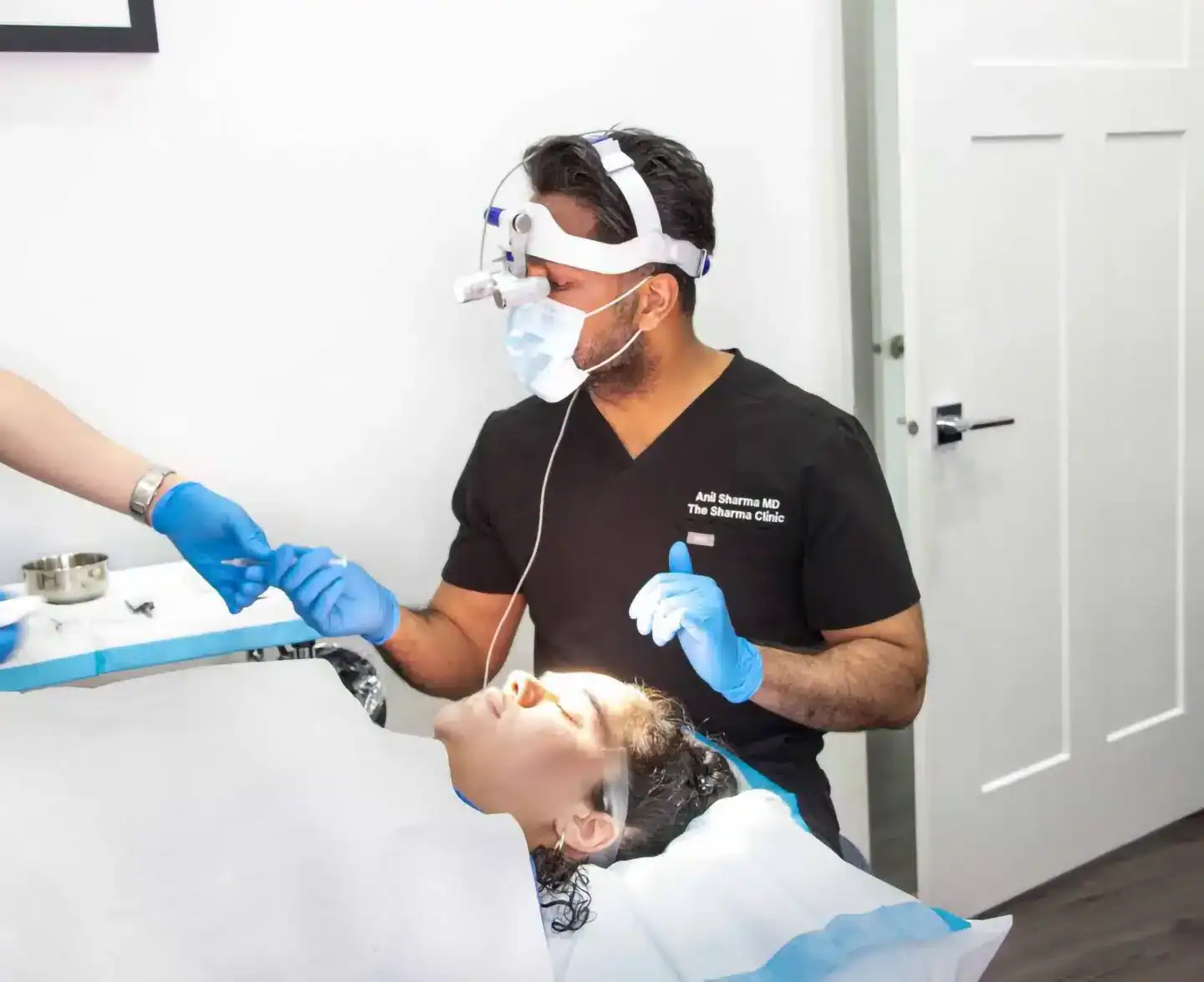
Your Hair Restoration Journey Starts With a Consultation